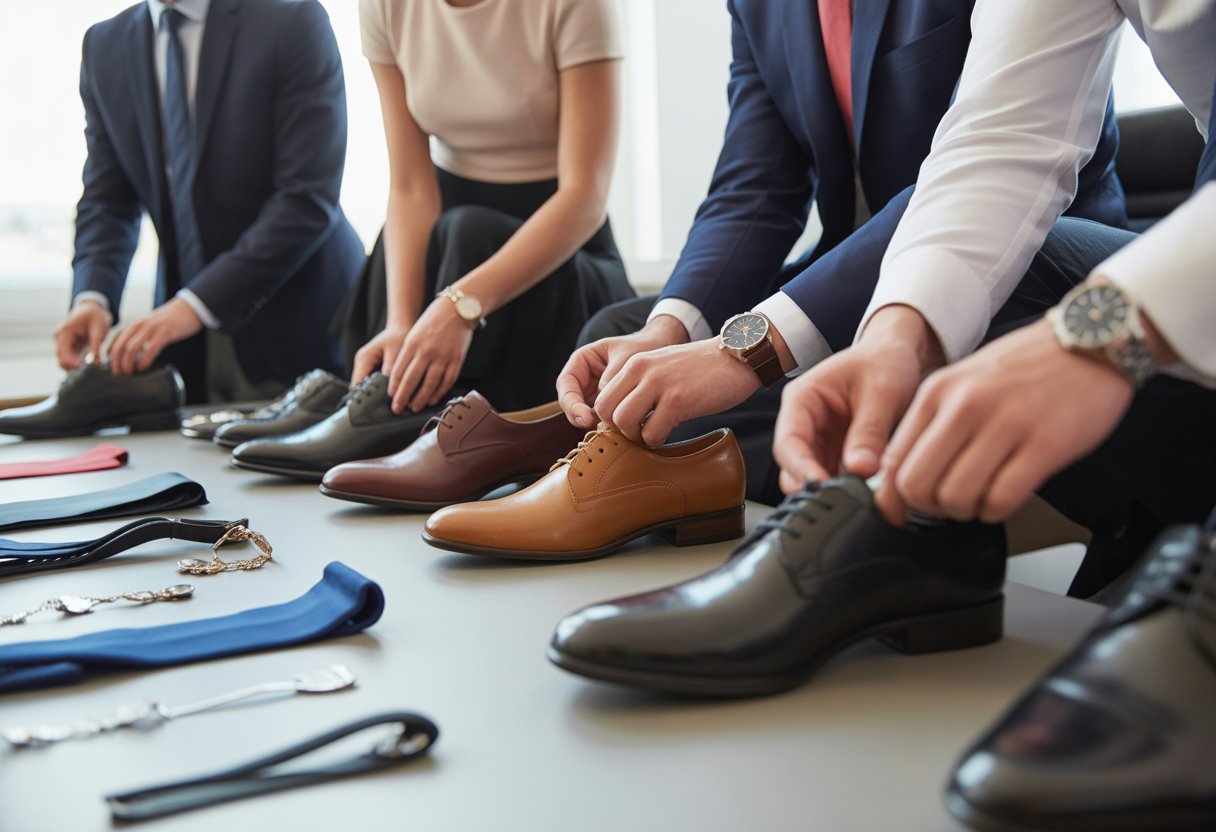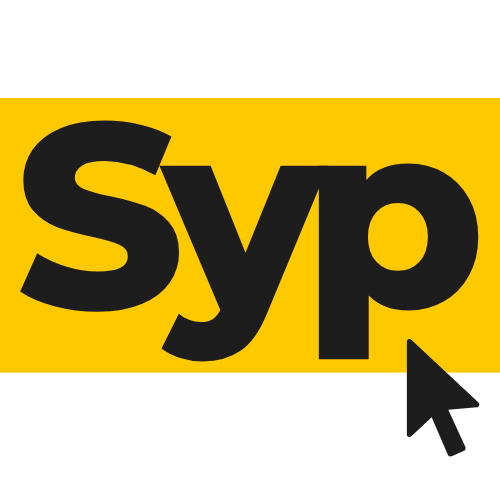Knowing what to wear to a job interview in the UK can make a big difference in making a good first impression. Different industries have different expectations about dress codes, so wearing the right clothes shows professionalism and respect for the company culture.

The best way to dress for a job interview is to match the formality of the industry, whether that means a smart suit for finance or smart-casual for creative roles. Understanding these differences helps candidates feel confident and look the part.
This guide breaks down the dress expectations by industry, giving clear advice on what to wear so candidates can prepare properly and increase their chances of success.
Understanding UK Interview Dress Codes

Interview dress codes in the UK vary by industry and role. It is important to match the outfit to the company’s culture while keeping a neat and professional look. Knowing what to expect helps candidates prepare confidently.
Business Formal Attire
Business formal is the safest choice for roles in finance, law, and management consulting. Men usually wear a dark suit in navy, grey, or black, paired with a plain shirt and a conservative tie. Shoes should be clean, polished leather.
Women can opt for a tailored suit with either trousers or a skirt. A plain blouse or shirt is best, avoiding bright colours or loud patterns. Closed-toe shoes like low heels or flats complete the outfit.
Accessories should be minimal. Watches, simple jewellery, and subtle makeup are preferred. Grooming should be tidy, and hairstyles understated. The goal is to look professional and serious.
Business Casual Expectations
Business casual means a smart but relaxed look. It suits many office jobs, retail managers, and some marketing positions. Men might wear chinos or smart trousers with a collared shirt or jumper. Ties are usually not necessary.
Women can choose tailored trousers, skirts, or smart dresses without needing a full suit. Tops should be neat, and colours or patterns can be more relaxed but not flashy. Closed shoes or neat loafers work well.
Avoid jeans, trainers, and t-shirts. Clothing should be clean and ironed. Business casual still signals professionalism but less formality than business formal.
Creative and Tech Industry Standards
Creative and tech workplaces tend to have the most flexible dress codes. Candidates can often wear smart casual, mixing comfort with style. This might include dark jeans, casual shirts, or simple dresses.
Colours and patterns are more accepted, but the overall appearance must be tidy and well put together. Footwear can be smart trainers or casual shoes but should be clean.
Even in relaxed industries, avoid overly casual items such as hoodies, ripped jeans, or flip-flops. Personal grooming and neatness remain important, as first impressions count.
Industry-Specific Interview Outfits

Choosing the right outfit depends heavily on the industry. The style, colours, and level of formality should match the job’s culture and expectations.
Corporate and Finance
In corporate and finance roles, the dress code is usually very formal. Candidates should wear a well-fitted suit in navy, grey, or black. A white or light blue shirt with a simple tie is recommended for men.
Women should opt for tailored suits or smart dresses with minimal jewellery. Closed-toe shoes in black or brown work best. Colours should remain neutral and accessories subtle to convey professionalism.
Grooming must be neat and conservative. Avoid loud patterns and flashy accessories. Keeping the look polished signals seriousness and respect for the environment.
Legal Sector
The legal sector expects very traditional attire. Men should wear dark, well-pressed suits with a crisp white shirt and a conservative tie. Black shoes and minimal accessories complete the look.
Women can wear tailored suits or modest dresses with jackets. The emphasis is on looking sharp but understated. Neutral colours like black, navy, and grey work best.
Legal interviewees should avoid overly casual elements, such as bright colours or open-toed shoes. Clean, simple hairstyles and minimal makeup support a professional impression.
Healthcare and Medical Roles
Healthcare professionals should dress cleanly and simply, reflecting hygiene and practicality. Men often wear smart shirts and tailored trousers; a suit may be optional depending on the role.
Women should choose modest tops and trousers or knee-length skirts. Avoid strong perfumes and excessive jewellery since these can cause distractions or allergies in clinical settings.
Comfortable, closed-toe shoes are important. Colours can be softer than in business sectors but should remain tidy. Showing respect for patient and workplace standards is crucial through appropriate attire.
Appropriate Attire for Other Key Industries

Dressing for interviews in various industries depends on balancing professionalism with the specific work culture. Candidates should focus on clothing that reflects their role while maintaining a neat and polished appearance.
Retail and Hospitality
For retail and hospitality roles, the focus is on looking approachable but tidy. Candidates should wear smart casual clothes that fit well and are clean. Men might choose chinos or dark trousers with a collared shirt or smart jumper. Women can wear tailored trousers or a skirt with a blouse or smart top.
Avoid overly bright colours or loud patterns, as these can seem unprofessional. Shoes should be clean and sensible, such as loafers or low heels. Accessories need to be minimal and practical. Personal grooming is important since candidates may interact with customers immediately after the interview.
Education and Public Sector
Interviewees in education and the public sector should dress formally but comfortably. A suit or smart blazer with trousers or a skirt is typical. Colours like navy, grey, or black are preferred as they give a serious and reliable impression.
Men should wear a shirt and tie, while women can opt for a blouse or smart top under their blazer. Shoes should be simple and smart, like leather shoes or flats. Avoid casual items such as denim or trainers. Overall, the outfit should show respect for the institution and the role.
Manufacturing and Engineering
In manufacturing and engineering, practicality is important, but interview dress should still look professional. Dark trousers with a collared shirt or polo shirt work well. Men and women might also wear a smart jumper or blazer to appear polished.
Strong, clean shoes are essential. Candidates should avoid overly casual clothing like hoodies or ripped jeans. If the job involves working on site, showing awareness of safety rules by wearing appropriate footwear and neat clothes can impress. It’s best to avoid anything too flashy or uncomfortable.
Choosing Professional Accessories and Footwear

Accessories and footwear should complement the outfit without drawing too much attention. Comfort and neatness matter, as they create a good impression and show attention to detail.
Selecting the Right Shoes
Shoes must be clean, polished, and in good condition. For men, plain black or brown leather shoes work well. Avoid trainers or overly casual footwear.
Women should choose closed-toe shoes, such as low-heeled pumps or smart flats. Avoid high heels that may cause discomfort or disrupt confidence during the interview.
Comfort is important since the candidate may need to walk or stand. Shoes should match the overall outfit in tone and style, keeping a professional look.
Subtle Jewellery and Bags
Jewellery should be simple and minimal. Small stud earrings, a thin bracelet, or a watch is usually enough. Avoid anything flashy or noisy that could distract.
Bags need to be tidy and professional. A plain leather or neutral-coloured bag or briefcase works best. It should be big enough to carry documents but not bulky or worn out.
Overall, accessories should support a professional image without standing out too much.
Grooming and Personal Presentation
Looking well-groomed and tidy is important for making a good impression. Clean hair and face, along with a fresh scent, show care and respect for the interviewer and workplace.
Hairstyles and Facial Hair
Hair should be clean and neatly styled. For men, short or well-trimmed hair is usually best. Long hair should be tied back to keep a professional look. Facial hair must be well-maintained. A clean shave is safest, but a neat beard or moustache is acceptable if it looks tidy.
Women should keep hair simple and controlled. Avoid overly flashy styles or colours that distract. Using minimal hair products helps avoid grease or frizz. Keeping hair out of the face shows confidence and attention to detail.
Hygiene and Fragrance
Personal hygiene is essential. Skin should be clean, and nails trimmed and tidy. Using deodorant helps avoid body odour but should be subtle. Avoid heavy perfumes or aftershaves, as strong smells can be off-putting in close spaces.
If wearing makeup, it should look natural and understated. Bright colours and heavy application may distract or come across as unprofessional. Overall, clean and fresh is key to good personal hygiene and presentation.

